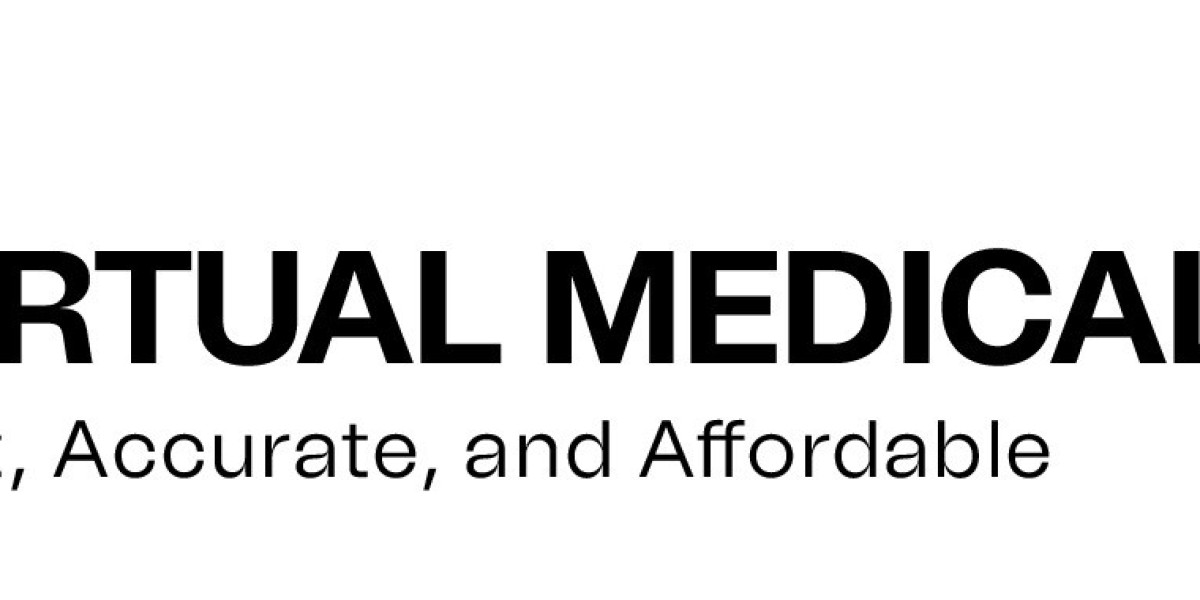Introduction
In today’s fast-paced healthcare environment, doctors and clinicians are overwhelmed with administrative duties, from patient documentation to electronic health record (EHR) management. This burden not only consumes valuable time but also reduces the focus on patient care. That’s where virtual medical scribe services come into play.
A virtual medical scribe is a trained professional who remotely documents patient encounters in real time, allowing physicians to concentrate fully on diagnosis and treatment. With the growing need for accurate medical records and the demand for streamlined workflows, medical scribe services and virtual medical transcription solutions have become essential tools in modern medical practices.
What Is a Virtual Medical Scribe?
A virtual medical scribe is a remote healthcare documentation specialist who assists physicians by managing all aspects of patient charting and documentation. They listen to doctor-patient interactions through a secure platform and record relevant details into the EHR.
Unlike traditional in-person scribes, virtual medical scribes work remotely, providing cost-effective, flexible, and scalable solutions for healthcare facilities of all sizes.
| Aspect | Traditional Scribe | Virtual Medical Scribe |
|---|---|---|
| Location | Works on-site | Works remotely |
| Cost | Higher (salary, office space, equipment) | Lower operational costs |
| Flexibility | Limited hours | 24/7 availability |
| Scalability | Difficult to expand | Easily scalable |
| Security | Local network-based | HIPAA-compliant cloud-based |
How Virtual Medical Scribe Services Work
Virtual medical scribe services operate through secure digital communication tools. Here’s how the process typically works:
Real-Time Connection:
The physician connects with the virtual scribe through a secure audio or video platform during patient visits.Live Documentation:
The scribe listens and documents the encounter directly into the EHR, capturing essential details like medical history, examination findings, assessments, and treatment plans.Quality Review:
Documentation is reviewed for accuracy, completeness, and compliance with healthcare standards.EHR Entry:
The final record is entered into the EHR, ready for physician review and sign-off.
This streamlined process ensures timely, precise, and compliant documentation, allowing doctors to provide better care while maintaining optimal productivity.
Why Medical Practices Need Virtual Medical Scribe Services
Implementing virtual medical scribe services offers numerous benefits to healthcare providers, including:
1. Reduced Administrative Burden
Physicians spend up to 2 hours on documentation for every hour of patient care. Virtual scribes take over this task, giving doctors their time back.
2. Improved Accuracy
Professional medical scribes are trained in medical terminology, charting standards, and specialty-specific workflows, minimizing documentation errors.
3. Enhanced Patient Interaction
By freeing physicians from note-taking during appointments, virtual medical scribes allow for better eye contact, empathy, and communication with patients.
4. Cost-Effective Operations
Remote scribes reduce the overhead costs associated with hiring in-office staff, such as workspace, benefits, and equipment.
5. Specialty Support
Whether you’re a cardiologist, psychiatrist, or orthopedic surgeon, virtual medical scribe services can be tailored to fit your specific documentation requirements.
The Role of Medical Scribe Services in Modern Healthcare
Medical scribe services are transforming how healthcare providers manage patient records. They act as the backbone of efficient practice management, bridging the gap between clinical expertise and administrative precision.
From small private practices to large hospital systems, medical scribe services enhance workflow efficiency by:
Documenting patient encounters in real time
Assisting with follow-up notes and referrals
Ensuring compliance with EHR systems
Supporting accurate billing and coding processes
These services help physicians reduce burnout, improve record accuracy, and optimize overall patient care delivery.
Difference Between Medical Scribe and Medical Transcription
Many healthcare professionals confuse medical scribing with medical transcription, but they serve distinct functions. Let’s break down the difference.
| Feature | Medical Scribe | Medical Transcription |
|---|---|---|
| Process | Real-time documentation during patient encounters | Transcribes recorded dictations post-visit |
| Interaction | Live participation during appointments | Works after consultation |
| Turnaround Time | Immediate | Delayed |
| Integration | Direct EHR entry | May require manual EHR upload |
| Role Focus | Administrative partner to the physician | Transcription specialist |
Both are essential for maintaining accurate records, but virtual medical scribe services offer a more immediate and interactive solution, reducing documentation delays and enhancing clinical efficiency.
Virtual Medical Transcription Services
While scribing focuses on real-time data entry, virtual medical transcription services convert recorded physician dictations into accurate text reports. These services are ideal for practices that prefer post-encounter documentation but still want efficiency and cost savings.
Virtual medical transcription ensures:
Fast turnaround times
High accuracy rates
HIPAA-compliant data handling
Integration with EHR platforms
Combining virtual medical scribe and virtual medical transcription services gives healthcare providers comprehensive documentation support that fits any workflow preference.
Key Benefits of Using Virtual Medical Scribe Services
| Benefit | Impact on Practice |
|---|---|
| More Face Time with Patients | Improves patient satisfaction and trust |
| Accurate Documentation | Reduces errors and improves compliance |
| Reduced Physician Burnout | Decreases workload and stress |
| Improved Revenue Cycle | Enables proper coding and billing accuracy |
| Scalable Solution | Easily adjusts to practice growth and seasonal demands |
By delegating documentation to trained professionals, doctors can reclaim their schedules and focus on what truly matters—patient care.
Industries and Specialties That Benefit
Virtual medical scribe services are versatile and can support various medical specialties, including:
Family Medicine
Internal Medicine
Psychiatry & Behavioral Health
Cardiology
Pediatrics
Orthopedics
Dermatology
Emergency Medicine
Whether you manage a solo clinic or a large healthcare network, a virtual medical scribe service can adapt to your specific clinical and operational requirements.
Choosing the Right Virtual Medical Scribe Service
When selecting a virtual medical scribe provider, consider the following factors:
HIPAA Compliance – Ensure the company uses secure platforms that protect patient data.
Specialty Experience – Choose scribes familiar with your medical field’s documentation style.
EHR Proficiency – Verify that the scribes are trained in your EHR system (Epic, Cerner, Athenahealth, etc.).
Availability – Opt for a service that offers 24/7 support to accommodate all practice hours.
Quality Assurance – Confirm the provider has a dedicated QA team to ensure accuracy and consistency.
Future of Medical Scribe Services
The integration of artificial intelligence (AI) is revolutionizing medical scribe services. AI-powered virtual medical scribes now assist in automating routine note-taking, identifying medical terms, and predicting relevant codes for billing.
However, while AI tools are advancing rapidly, the human touch remains essential for accuracy, empathy, and contextual understanding in medical documentation. The future lies in a hybrid model combining AI efficiency with human expertise.
Conclusion
The healthcare landscape is evolving, and so are the needs of providers. Virtual medical scribe services have become an indispensable solution for physicians who want to reduce administrative tasks and improve patient outcomes.
By integrating medical scribe services, virtual medical transcription, and medical transcription services, your practice can achieve greater accuracy, productivity, and profitability.
Whether you’re a solo practitioner or part of a large medical organization, investing in a virtual medical scribe service is the smartest way to modernize your documentation workflow.
FAQs
Q1: What does a virtual medical scribe do?
A virtual medical scribe listens to doctor-patient interactions remotely and documents them in the EHR in real time, ensuring complete and accurate medical records.
Q2: Is a virtual medical scribe HIPAA compliant?
Yes. Professional virtual medical scribe companies use secure, encrypted platforms that meet HIPAA compliance standards.
Q3: How are virtual medical scribe services different from transcription services?
Medical transcription converts recorded dictations into text, while virtual scribes document patient encounters live, in real time.
Q4: What specialties use virtual medical scribe services?
They are used across various specialties including psychiatry, cardiology, family medicine, and orthopedics.
Q5: How much do virtual medical scribe services cost?
Pricing depends on factors like specialty, number of physicians, and documentation volume, but they are generally more cost-effective than hiring full-time staff.







